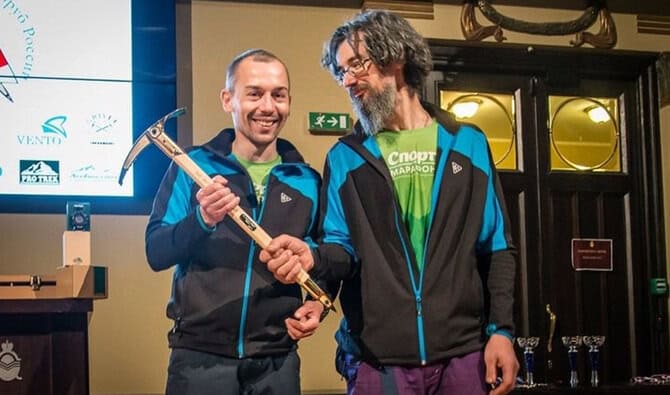GILGIT – A Russian climber has gone missing and two others are critically injured after a catastrophic event struck their team on Gasherbrum IV, one of Pakistan’s towering peaks. The incident occurred as a five-member Russian climbing team attempted to retrieve the body of Dmitry Golovchenko, a fellow climber who disappeared on the same mountain in 2023.
The climbers, identified as Sergei Nilov, Mikhail Mironov, Alexey Bautin, Sergei Mironov, and Evgeni Lablokov, were hit by an ice formation collapse on Saturday. Karrar Haidri, Secretary of the Alpine Club of Pakistan, reported that the collapse unleashed a disaster for the team, leaving Nilov missing with his current status unknown.
Mironov and Mironov are reported to be critically injured and stranded. Haidri expressed concern that their chances of survival are slim given their severe injuries. Bautin and Lablokov were airlifted to safety by a Pakistan Army helicopter and are currently in Skardu.
Akhtar Shigri, a local police official overseeing foreign climber operations in Shigar district, confirmed that the rescue operation for the remaining climbers is on hold until weather conditions improve. “The helicopter is ready to resume the search and rescue mission as soon as the weather permits,” Shigri said.
Hajji Ghulam Muhammad, CEO of Blue Trek and Tours, the company that organized the expedition, noted that despite maintaining communication with the injured climbers, their condition has rendered them unable to descend due to the alpine climbing style they employed.
Nilov had previously survived a near-fatal fall on Gasherbrum IV in September last year alongside Golovchenko, who remains missing.
The Gasherbrum IV region, part of Pakistan’s northern Gilgit-Baltistan, is known for its extreme climbing conditions and has witnessed several tragic accidents in recent years. This summer alone has seen the deaths of five Japanese climbers and a Brazilian paraglider in separate incidents within Pakistan’s Karakoram range.
The ongoing rescue efforts highlight the perilous nature of high-altitude mountaineering and the inherent risks associated with climbing some of the world’s highest peaks.













